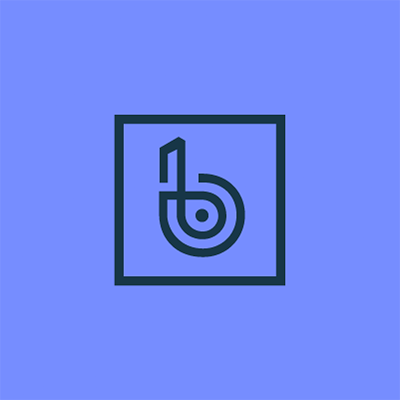520 reads
Square Case Study: Bugsnag Struck Gold When Building the Timeline View
by
April 25th, 2022
Audio Presented by

The leading application stability management solution trusted by over 6,000 engineering teams worldwide.
About Author
The leading application stability management solution trusted by over 6,000 engineering teams worldwide.